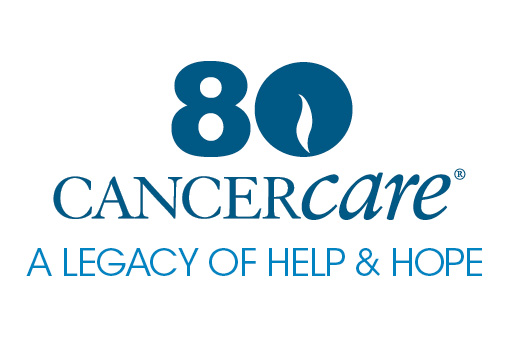For many people, hair loss is a distressing aspect of cancer treatment. Losing our hair can change our sense of identify - that is, how we see ourselves and how we relate to others; this in turn affects our quality of life. If you are concerned about hair loss, talk it over with a member of your health care team. Your oncologist or oncology nurse, for example, can tell you whether hair loss is a possible side effect of your particular treatment. They will also be able to point you to resources available to help you cope.
Questions and Answers About Hair Loss
Why does hair loss happen? Because cancer treatment targets fast growing cells, it can also attack the cells responsible for hair growth. Hair loss from chemotherapy or radiation happens when hair follicles are weakened by the treatment. This causes your hair to fall out much more quickly than it normally would. For tips on caring for a synthetic wig, read CancerCare’s fact sheet titled, “Synthetic Wig Care and Resources."
When does hair loss happen? Depending on the type of treatment you receive, hair loss may start anywhere from seven to 28 days after treatment begins. Typically, with chemotherapy it can occur between 1-4 weeks into treatment, while radiation may be 4 weeks into treatment.
Where does hair loss happen? Chemotherapy may lead to hair loss on your legs, arms, underarms, pubic area, chest, eyelashes and eyebrows, in addition to your head. Hair loss from radiation affects only the part of the body being treated.
Will my hair grow back? Your hair will start to grow back once you are finished with treatment, but it may take three to 12 months to grow back completely. New hair may even have a different texture - for example, curly hair can grow back straight, and dark hair can grow in lighter. These changes are usually not permanent. However, radiation sometimes causes permanent hair loss.
Tips for Obtaining a Wig
Buy a wig before all of your hair falls out. This way, you will have a good match to your own hair color. Having a wig ahead of time will also help you feel more prepared.
Get a professional fitting. There are full-service wig salons that fit and style wigs. Some of these salons even specialize in helping women with treatment-related hair loss.
Use double-sided tape to keep your wig on. Many wigs have tape-tab materials called “stickies” that let you use double-sided tape to hold your wig in place. Ask your wig specialist for hypo-allergenic double-sided tape.
Consider wearing a scarf or turban. Wig salons often sell turbans and scarves that come in a variety of colors and fabrics. These can be worn out in public instead of a wig, depending on your preference, or for when you’re at your home.
Find out if your health insurance company covers the cost of wigs. If so, remember to save your receipt. If a wig is not covered by your insurance company, save your receipt anyway; the purchase qualifies as a medical tax deduction.
If you can’t afford a wig, contact CancerCare. If you are living in the New York City tri-state area, we may be able to provide you with a free wig. We can also refer you to an organization in your community that provides them at no cost. For more information on hair loss resources, read CancerCare’s fact sheet titled, “Hair Loss During Treatment: Finding Resources and Support.”
Edited by Shannon Coon, LMSW
